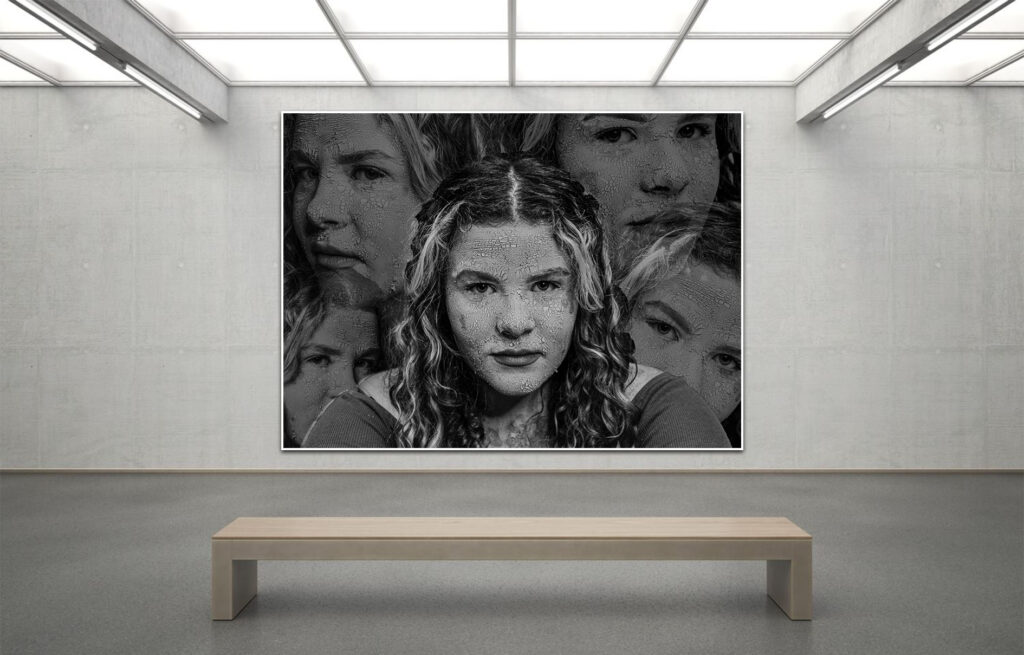These are some of my final images presented as a virtual gallery.





Project Evaluation-
Overall I’m pleased with how my project came out. My aim for this project was to try and show the effects of the paitrachy and subjects like the male gaze but focus on the mental and psychological effects. From my perspective I have successfully portrayed that. In each photoshoot I included small and subtle aspects as well as using the makeup as a way of portraying my theme. For example in my second photoshoot I wanted to try and display how the media and society tries to erased women’s faces and how so much more emphasis is on women’s bodies. To portray this in addition to using this “mask” I also choose to not have the models face in focus.
For this project I took lots of inspiration from many different artists some that I had very little prior knowledge of and some that I already had an interest in. For example Lean Shamash and Michael Rubin these were new artists for me and although visually there might to be this clear link between my work and their, conceptually they helped form and shape my project.
Throughout my project there are many picture which I deem to be well executed.However, I consider these images to be some of my strongest within this project…


Im very pleased with the final outcome for both of these images. the image on the left is from my first photoshoot where I took a few of the portraits and editing them to be surrounding the model. One of the things that I believe makes it such an impactful image is due to the amount of detail on the models face. With the makeup that I used I realised it looked the best under studio harsh lighting it extenuated the cracks on her face and helped portray this decaying and weathered look which I was seeking. Additionally the image right is from my fifth photoshoot where I was inspired by a movement on social media from 2020 for “denim day” for sexual assault victims. This image stands out to me for multiple reasons one being that photoshoot as a whole was quite different compared to my other photoshoots. I believe this image to be so impactful due to the fact I am showing more of a physical representation of trauma.










